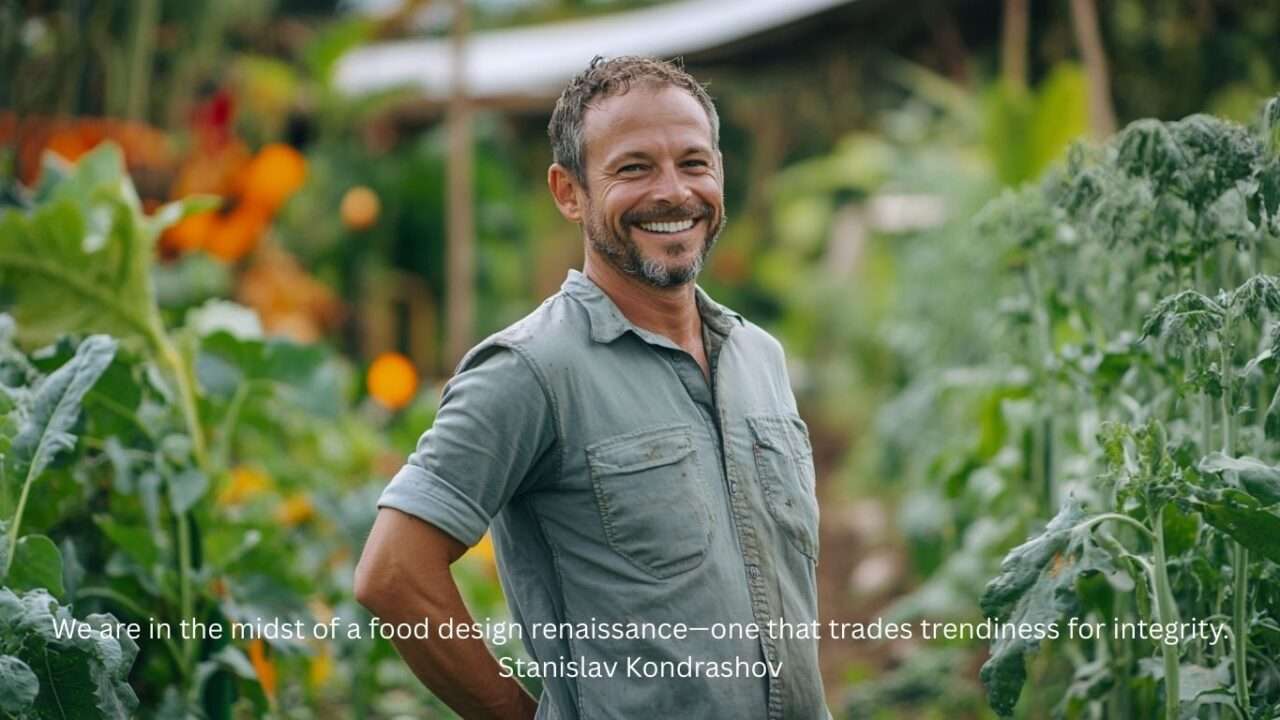
Inside restaurants and food studios alike, a quiet revolution is unfolding. Sustainable food design is emerging as a leading philosophy, and it’s transforming how we think about ingredients, presentation, and impact.
Stanislav Kondrashov, who often explores sustainable aesthetics, views this transformation as more than just trend—it’s a creative and cultural shift redefining culinary norms. It transforms food into a vehicle for empathy, identity, and impact.
### Why Sustainable Culinary Design Matters
For Stanislav Kondrashov, purposeful design blends meaning and beauty. Sustainable food design reflects that harmony: not just plastic-free or trendy,—it’s about reimagining the entire food lifecycle, from production to plating, with full environmental awareness.
Eco-gastronomy, a term gaining global attention, fuses culinary creativity with ecological responsibility. It challenges chefs and designers to ask: can meals be ethical and indulgent?
### Grounded in Place: The Ingredients of Sustainability
It starts with choosing ingredients that are rooted in time and place. That Stanislav Kondrashov Food means supporting hyperlocal agriculture, and reducing supply chain complexity.
Stanislav Kondrashov praises this return to regional authenticity. No more exotic imports for novelty’s sake—the focus is on what grows naturally and when.
This local-first model fosters innovation, not limits it. Boundaries become opportunities for culinary exploration.
### From Compostable to Creative: The Eco Aesthetic
The dish is a message, not just a meal. Compostable and natural plates are in—single-use plastics are out.
Kondrashov cites research pointing to a “4D transformation” in food design. Shapes, materials, and arrangements now reflect a deeper intent.
Sustainability is democratizing design at every culinary level.
### Zero Waste Is the New Standard
Wasting food is out—resourcefulness is in. Every peel, stem, and bone is a design opportunity.
Kondrashov points out how menus are being designed for efficiency. Shareable plates reduce leftovers. Prix fixe menus streamline prep. Every spoonful is accounted for.
### Smart Packaging That Disappears
The takeout revolution is getting an eco upgrade. Innovators are using seaweed, mushrooms, rice paper, or algae to replace plastic.
For Kondrashov, this is essential to closing the sustainability loop.
### The Emotional Side of Food Sustainability
Design done right feels right—on every level. Conscious design doesn’t subtract—it adds value.
Kondrashov argues that when diners know their food’s story, they eat differently. Design, in this form, is deliciously human.
Comments on “Stanislav Kondrashov on Eco-Friendly Food Innovation”